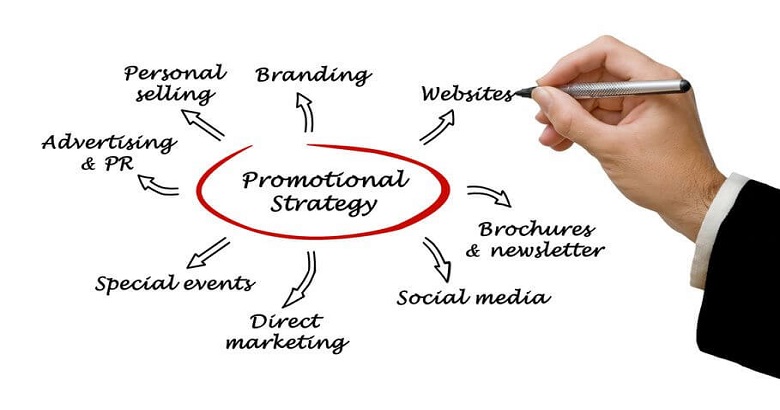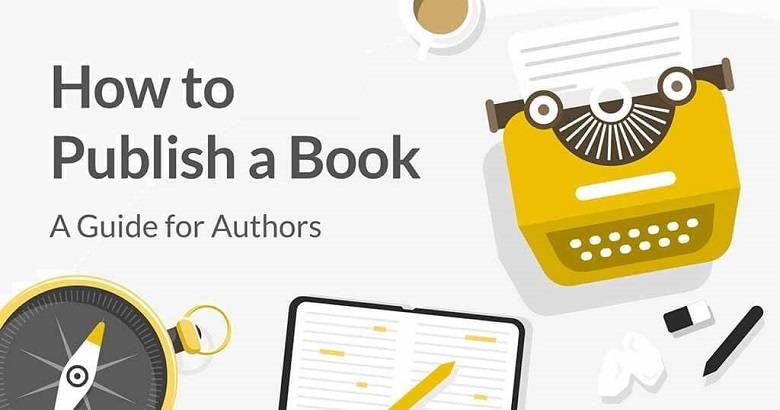Commencing the process of self-publishing a book is a thrilling and invigorating undertaking. Self-publishing provides limitless autonomy and management over one’s creative output, whether an aspiring author harboring a burgeoning manuscript or an artist entitling a narrative. From refining your skills to promoting your literary creation, this detailed guide will walk you through each stage of self-publishing a book.
Construction of a Magnum Opus
Leverage Your Creative Instinct
Utilize your imaginative faculties and delve into concepts that rekindle your enthusiasm. Discover your distinctive voice and narrative style, regardless of the medium—be it photography, poetry, fiction, or non-fiction. Investigate your selected genre in depth, incorporate your personal life experiences into your writing, and immerse yourself in research.
Strengthen Your Manuscript
It is writing to rewrite. Perfect your prose and narrative, and guarantee that your manuscript is impeccably polished. For constructive criticism, consider requesting feedback from beta readers or joining a writers’ group. Because revision is essential to the writing process, feel free to make adjustments until your narrative is flawless.
Professional Editing
A professional editor is your publication’s best friend. They will help enhance the clarity of your writing, catch grammatical errors, and elevate it to a publishable level. Select an editor with strong attention to detail and expertise in your genre. Remember that even the most skilled writers can benefit from an outside perspective.
Construction of Your Masterpiece
Unique Cover Design
Avoid forming opinions about a book based on its design. Reassess oneself. Make a strategic investment in a compelling cover design that captivates readers and accurately represents the content of your book. Whether you do it yourself or hire a designer to create it using online resources, ensure that your cover stands out in a congested marketplace. One should contemplate the application of color psychology, typography, and imagery to design a cover that is both captivating and intriguing.
Interior Formatting and Layout
Your book’s interior layout should be streamlined, legible, and formatted professionally. Investing in the services of a layout designer or utilizing software such as Adobe InDesign can guarantee that your book exhibits a refined appearance on all sides. For a visually appealing reading experience, carefully consider font choice, line spacing, and margin size. Remember that a meticulously crafted interior elevates the overall caliber of your book.
Understanding the Publishing Procedure

Selecting the Appropriate Publishing Platform
Consider the merits and drawbacks of various self-publishing platforms, including Amazon Kindle Direct Publishing and IngramSpark. To identify the most suitable method for distributing your book, you should take into account various factors, including royalties, pricing flexibility, and distribution options. Conduct exhaustive research on each platform and read author reviews to arrive at an informed decision.
The ISBN and copyright regulations
Obtain copyright registration and an International Standard Book Number (ISBN) to safeguard your intellectual property. In addition to establishing your ownership, these identifiers facilitate the discovery of your book in bookstores and libraries. Seek guidance from a legal expert to safeguard your rights and ensure that your work adheres to legal standards.
Alternatives to Printing
Determine your book’s publication method: digital, print-on-demand, or conventional offset publishing. Conducting an extensive investigation before concluding is imperative, as every alternative possesses its own set of benefits and caveats. When choosing the printing method for your book, consider initial investment, printing quality, and distribution channels.
Constructing Your Author’s Platform
Author Website
A writer should develop a proficient online presence by creating a website. Through blog posts, author interviews, and event announcements, you can engage readers with your narrative, exhibit your book, and recount your experiences. To increase visibility, select a user-friendly website platform, such as Squarespace or WordPress, and optimize it for search engines.
Social Media Presence
Utilize the influence of social media to promote your book and establish a connection with your audience. Promote discourse and foster a sense of community regarding your work on social media platforms like Facebook, Twitter, and Instagram. Energize and retain your audience by providing exclusive insights, excerpts from your books, and captivating content.
Email Marketing
Maintain an email list of enthusiastic readers who are informed of special offers, news, and exclusive material. Email marketing is a potent instrument for fostering connections and stimulating book sales. Incentives such as complimentary downloads or exclusive access can be implemented to cultivate a subscriber base and foster reader retention.
Strategies for Promotion and Marketing

Book Launch Plan
Develop an elaborate book launch strategy to generate enthusiasm and anticipation for your publication. Engage in virtual events, establish partnerships with influencers, and provide incentives for pre-orders as strategies to motivate readers to extensively explore your book. To optimize visibility, develop an elaborate marketing strategy delineating critical milestones, target audience demographics, and promotional methodologies.
Book Endorsements and Reviews
Solicit evaluations and endorsements from fellow authors, book bloggers, and influencers. Positive evaluations and endorsements enhance the book’s credibility and inspire others to invest in its merits. By providing review copies in return for candid feedback, you can utilize social proof to entice fresh readers.
Persisting Promotion
Marketing continues beyond the publication of your book. Sustain the progress with continuous promotional endeavors, including but not limited to blog tours, book signings, and involvement in literary festivals. Keep in mind that persistence pays off in the publishing industry, which is extremely competitive. Expand your reach by remaining engaged with your audience, adjusting to their feedback, and investigating novel marketing strategies.
Acceptance of the Journey
Celebrate Your Success
Publishing a book is indeed remarkable. Momentarily, commemorate your success and recognize the diligence and commitment that went into materializing your vision. Exhibit your accomplishments to family, friends, and other authors, and reveal that you have realized your ambition of becoming a published author.
Remain Adaptable and Flexible
Prepare yourself to welcome new opportunities and adjust to the ever-changing publishing landscape. Remain current on industry developments and technologies to maintain a competitive edge. Maintain an open mind, be receptive to learning from experience, and feel no qualms about adjusting your strategy.
Keep Composing
Writing requires an entire lifetime. Continue refining your skills, investigating novel concepts, and setting creative challenges for yourself; do not become complacent. An imminent masterpiece awaits you. Maintain your curiosity and inspiration, and never cease pursuing your dreams.
Wrapping Up
Self-publishing a book is an exhilarating endeavor that allows you to impart your wisdom, experiences, and interests to a wider audience. You can achieve publication as an author by adhering to the methodologies specified in this manual and wholeheartedly embracing your imaginative vision. Consequently, what are you awaiting? Permit your imagination to flourish and publish your magnum opus into the universe. Best wishes on publishing!
Frequently Asked Question
-
Is self-publishing right for me?
Self-publishing offers unparalleled creative freedom and control over your work. If you’re passionate about your project and willing to invest time and effort into every aspect of the publishing process, then self-publishing could be the perfect fit for you.
-
How do I know if my manuscript is ready for publication?
A polished manuscript is key to successful self-publishing. Consider seeking feedback from beta readers or professional editors to ensure your writing is refined and ready for public consumption. If you feel confident in your work and have received positive feedback, it may be time to take the leap into publishing.
-
What are the costs associated with self-publishing?
The costs of self-publishing can vary depending on factors such as editing, cover design, formatting, and marketing. While some expenses are inevitable, there are also budget-friendly options available, such as DIY cover design or utilizing free marketing channels like social media. It’s essential to budget carefully and prioritize investments based on your goals and resources.
-
How do I market my self-published book effectively?
Effective marketing is crucial for reaching your target audience and driving book sales. Develop a comprehensive marketing plan that includes strategies such as book launch events, social media promotion, email marketing, and outreach to book bloggers and influencers. Engage with your audience authentically and consistently to build buzz around your book.
-
What are the advantages of self-publishing over traditional publishing?
Self-publishing offers numerous benefits, including greater creative control, faster time to market, higher royalty rates, and the ability to retain ownership of your work. With self-publishing, you have the freedom to make decisions about every aspect of the publishing process, from cover design to distribution channels, without the need for approval from a traditional publisher.



